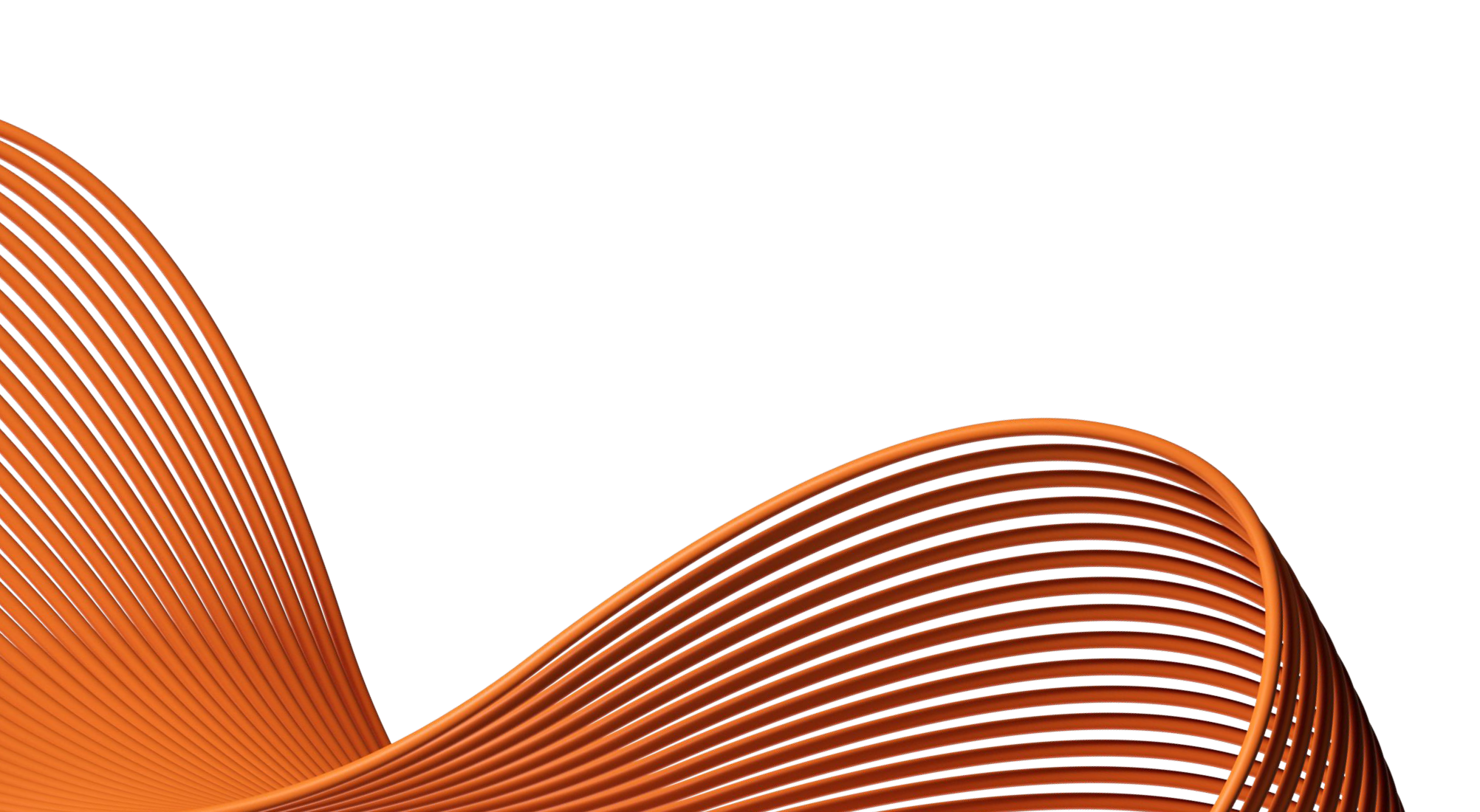- Our Products
- Upper Extremity
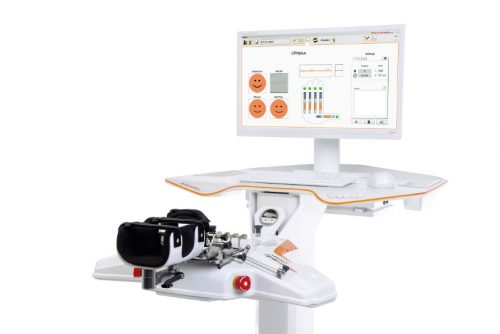 Amadeo Finger-Hand-Rehabilitation
Amadeo Finger-Hand-Rehabilitation
Amadeo is giving hands back their grip and fingers their finesse. Patients who are barely able or unable to grasp can perform hundreds of robot-assisted grasping movements. It won’t train a new Mozart. But it will help patients return to the piano, handwriting Christmas cards, and grabbing life firmly by the horns.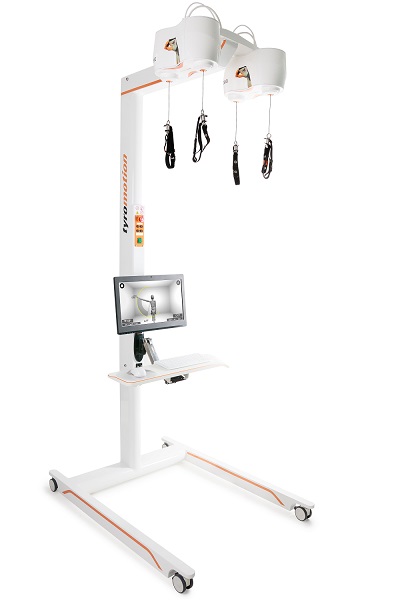 DiegoShoulder-Arm-Rehabiliation
DiegoShoulder-Arm-Rehabiliation
Diego is designed to strengthen what’s important. Whether proximal or distal training, Diego purposefully supports the rehabilitation of natural motion, allows the handling of everyday objects to be relearned, and is usable by adults and children alike.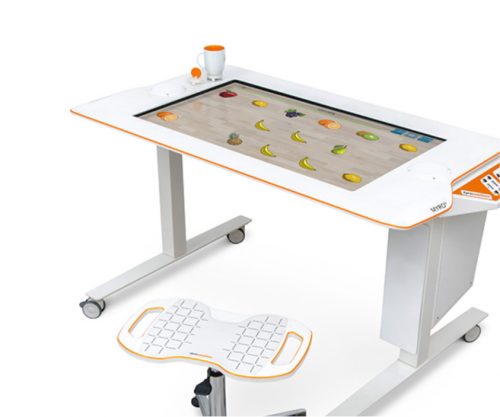 Myro Interactive and task-specific therapy
Myro Interactive and task-specific therapy
Myro is made for making humans get better! The sensor-based surface enables task-oriented rehabilitation with real objects, trains the patient’s cognitive abilities, and improves motor abilities of the upper extremity.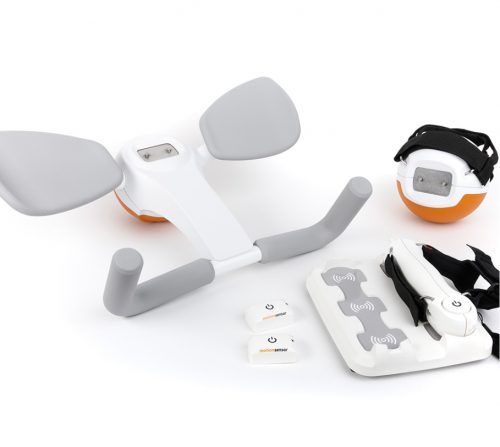 Pablo Upper Extremity Rehabilitation
Pablo Upper Extremity Rehabilitation
As a multifunctional rehabilitation device with comprehensive accessories, Pablo enhances classical therapy exercises with biofeedback, objective assessments, and gamification. It won´t train the next Picasso. But it will help patients to take back control of their lives.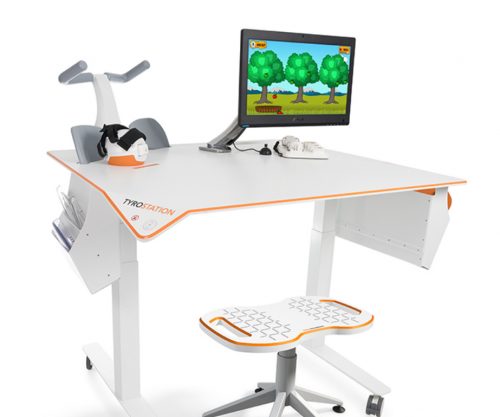 Tyrostation The perfect therapy setting
Tyrostation The perfect therapy setting
The Tyrostation is home to all components of Pablo and Tymo and provides ergonomic adaptability for patients. Sometimes, it´s about the little things in life – or therapy.
- Lower Extremity
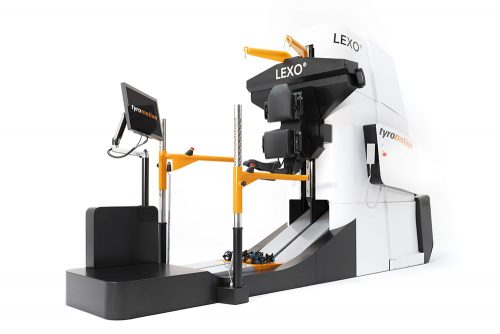 LexoGait and Locomotion
LexoGait and Locomotion
Lexo is a revolutionary gait trainer and impresses with fast setup, high patient activity and optimal trunk support. It encourages active participation and enables therapists to focus fully on their patients.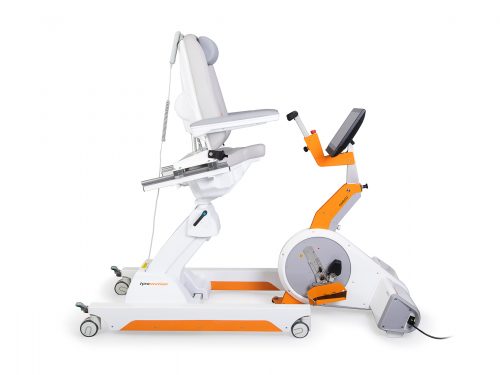 Omego Plus Gait training for the goals across all phases
Omego Plus Gait training for the goals across all phases
More than just a therapy bike! Omego Plus combines uni- and bilateral leg training, leg press, stepper, cycling & foot lift training in one device. Stride stronger with Omego Plus!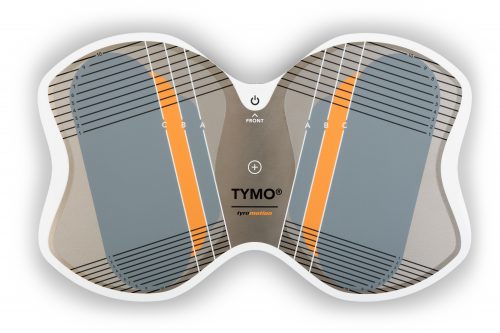 Tymo Balance training and postural control
Tymo Balance training and postural control
Small but powerful! Tymo is a versatile measurement and therapy system for the whole body. In addition to the standing position, Tymo offers a wide range of options for maximum variety during therapy.
- MTT-Line
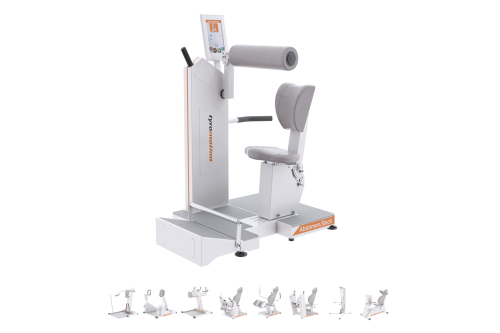 MTT-LineMedical training therapy
MTT-LineMedical training therapy
Get back in the game with the MTT-Line! The Medical Training Therapy devices are specifically designed to strengthen the six major muscle groups of the human body. Barrier free and maximum adjustability make the devices accessible for all types of patients.
- Software
 Maya Therapy Platform
Maya Therapy Platform
Maya reduces paperwork, standardizes documentation, and automates reporting, making administration effortless and efficient. Designed for therapists to work wonders!
- Upper Extremity
Rehabilitation
Neglect following a stroke – When one side is missing
1. November 2022 ● 3 min. Reading time
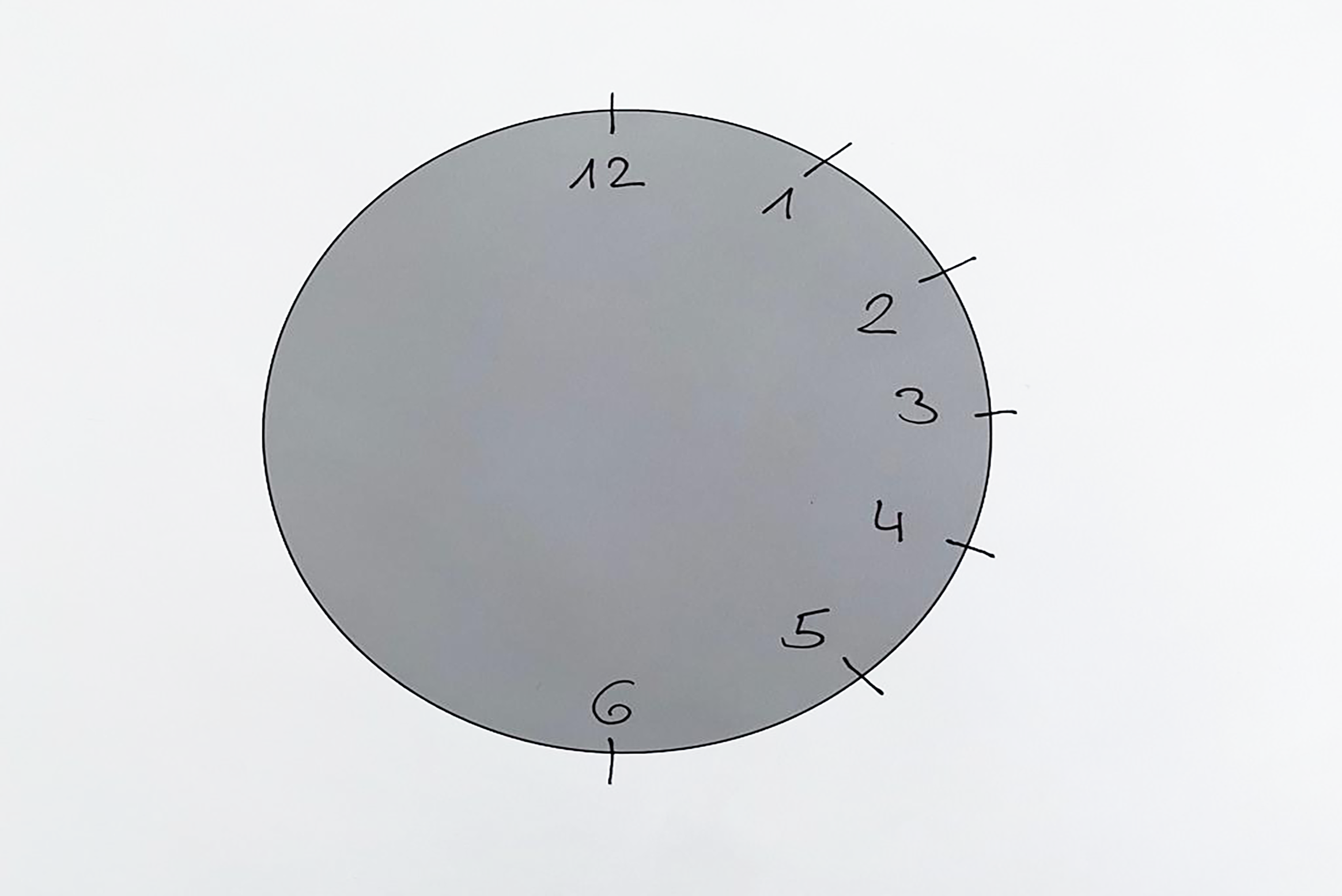
Neglect – Reduced perception following a stroke
Neglect patients do not react to stimuli on one side of their body or their environment. For example, when eating, food on one side of the plate remains untouched. When putting on makeup or shaving, one side is missed, or when spoken to from the affected side, individuals will not react.
Patients suffering from neglect do not realize that their perception is limited. Stimuli from the environment are sent to the brain, but the brain fails to process this information correctly.
The brain controls the body crosswise: The right hemisphere controls the left side of the body, and the left hemisphere coordinates the right side of the body. Typically, neglect occurs following damage to the right half of the brain.
Forms of Neglect following a stroke
With a visual neglect, the patient’s eyes and head move towards the side of the brain that is damaged. Patients can miss objects, obstacles, persons or react too late. They might also have difficulties maintaining eye contact.
When suffering from an auditory or acoustic neglect, the patient no longer registers sounds or noise on the neglected side. The patient does not react when addressed from that side. This does not equal deafness. Hearing is intact, but the information is not processed correctly in the brain.
A motor neglect means that the patient is barely using, or not using at all, their muscles on the neglected side of the body. The vast majority of movements are carried out by the other half.
If a patient does not or only with delay respond to touch or pain on one side of the body, this is classified as a somatosensory neglect. This is particularly problematic if pain is not detected when being injured, e.g. fingers pinched in the spokes of a wheelchair. To some extent, patients perceive pain on the other side of the body.
If smelling is affected, the patient finds it difficult or impossible to perceive smells on the neglected side of the body. This is called an olfactory neglect.
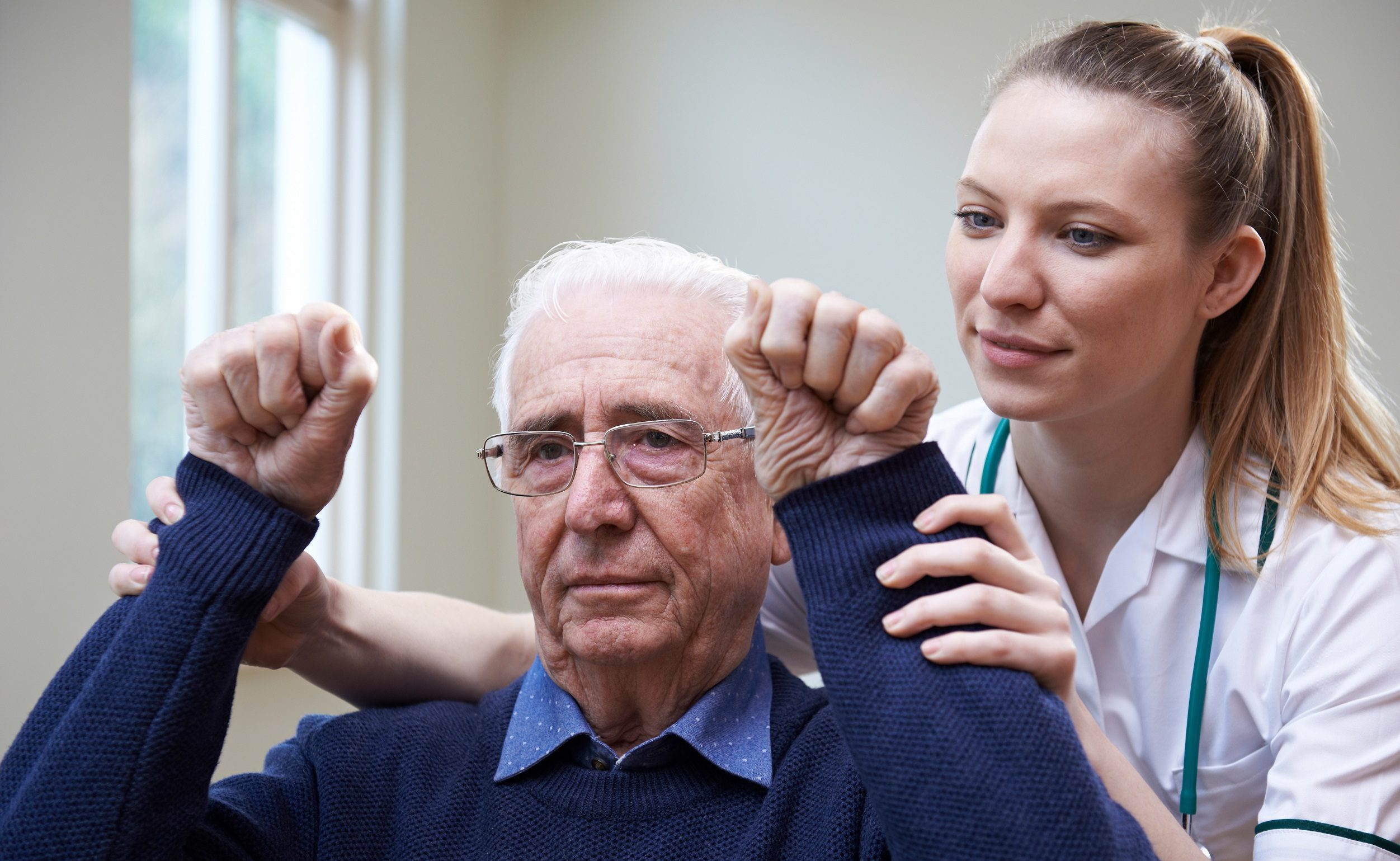
Neglect – What can I do to help?
A stroke is a new, challenging situation – for the entire family. A neglect can worsen the situation by the fact that those affected do not notice that they are missing or neglecting things.
In everyday life, relatives can support the independence and motivate those affected to be active. In the case of a neglect, it can be helpful to stimulate the affected side of the body, for example by handing the person objects, sitting or addressing that person from the neglected side.
A neglect can also make communication and interaction difficult. Affected individuals sometimes react inappropriately to conversations or situations and have difficulty maintaining eye contact. This can affect social life.
In day-to-day life, the family should encourage the patient to complete more and more tasks independently and to exercise. Understanding and interacting with the patient can improve the patient’s condition. Furthermore, family members should support rehabilitation exercises in coordination with the treating therapist. Where appropriate, family and patients can join self-help groups, either together or separately.
Robotic rehabilitation for neglect
A 2021 study showed that robotic hand training can have a positive impact on neglect after a stroke.
The advantage of robotic rehabilitation equipment is that it allows for passive, active or assistive movement of the affected part of the body with a high number of repetitions. Whereas therapists typically had to provide continuous movement of the hand of a stroke patient, this task can now be carried out by technology under supervision of the therapist.
Movement stimulates neuroplasticity. The brain starts to form new connections to compensate for damaged areas. This can help reduce the impact of neglect.
Technology also allows for objective assessments in neglect therapy. The “wiping” exercise using Myro can quantify the extent of a neglect. Deficits can then be addressed specifically, and progress can be monitored.
Author: Michaela Partel
You might also be interested in
4. April 2023
Health
Rehabilitation
Stroke nutrition guidelines for optimal health
Nutrition as the key part in health and well-being of stroke survivors A healthy, balanced …
21. March 2023
Rehabilitation
Kinesio taping in neurology as a useful therapy supplement
The Kinesio tape and its usefulness in neurological therapy What was originally known only from …
7. March 2023
Rehabilitation
Exercises against freezing of gait in Parkinson’s disease
When the legs freeze – how does the symptom “Freezing of Gait” manifest itself? Parkinson’s …



 Contact
Contact 

 Contact
Contact 